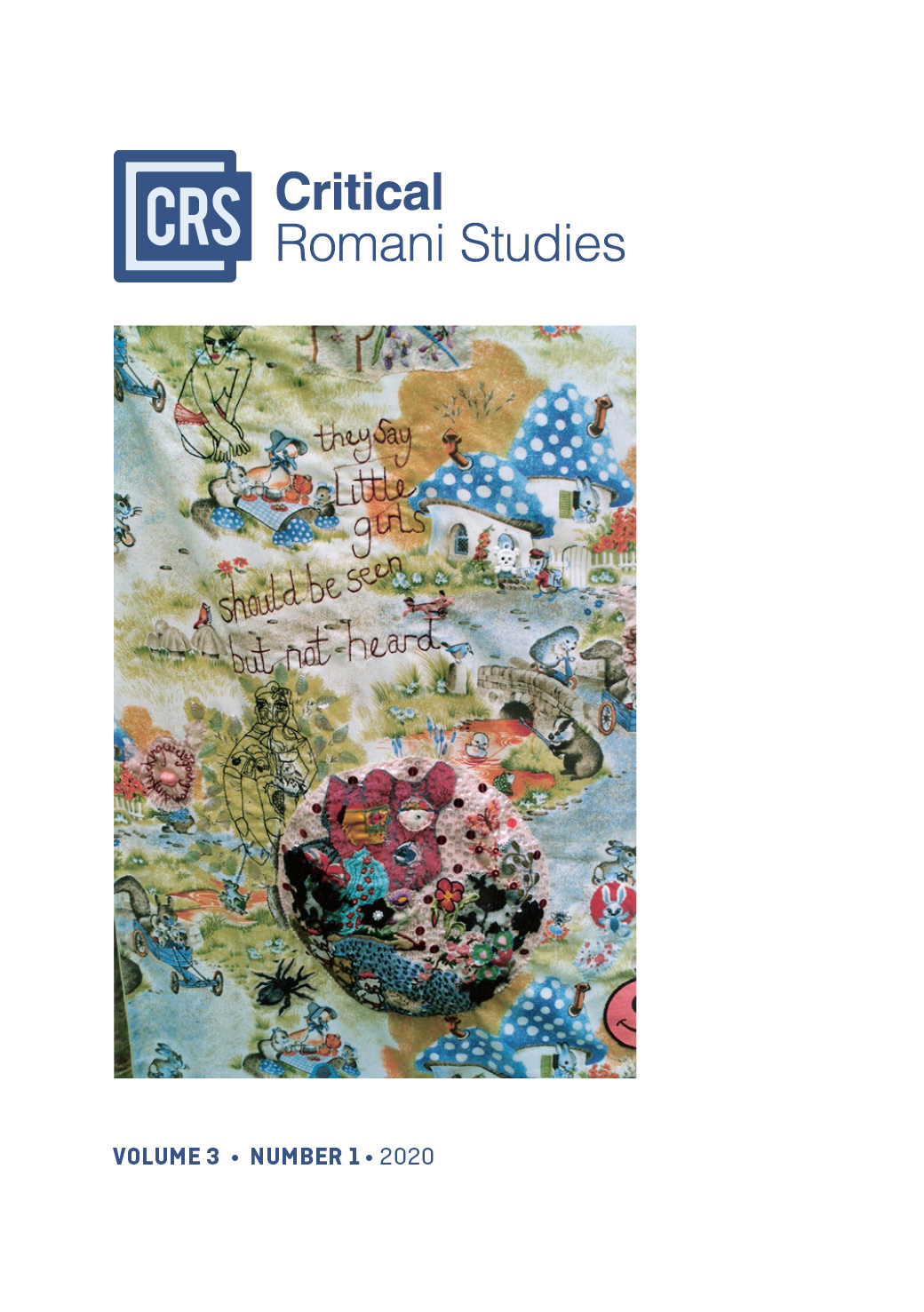Western Donors, Romani Organizations, and Uses of the Concept of Nation after 1989
Main Article Content
Article Sidebar
Published
Dec 11, 2020
Douglas Neander Sambati
Abstract
This article discusses the relationship between Western donors and Romani and Romani-friendly organizations in Central and Eastern Europe after 1989. Based on literature review, interviews, reports, and websites, this paper upholds that the burst of Romani and Romani-friendly organizations in Central and Eastern Europe after 1989 primarily was made possible by financial support and expertise coming from Western organizations. Together with their work methodology, so-called donors took their own framework on understanding groupings and enforced the concept of nation upon Gypsy/Romani populations. Therefore, Western donors and Romani activists and intellectuals alike essentialized (claimed) Gypsy/Romani traits in order to support a nation-building rhetoric. These Romani activists and intellectuals, in turn, are a legacy of policies from planned economies, and they actually might represent Gypsy/Romani communities from a privileged perspective – no longer fully insiders but as a vanguard.
How to Cite
Sambati, D. N. (2020). Western Donors, Romani Organizations, and Uses of the Concept of Nation after 1989. Critical Romani Studies, 3(1), 26–45. https://doi.org/10.29098/crs.v3i1.52
Article Details
Keywords
Essentialization, Roma, Donors, Nationalism
Issue
Section
Articles
Authors who publish with this journal agree to the following terms:
- Authors retain copyright and grant the journal right of first publication. The work is licensed under a Creative Commons Attribution-NonCommercial License that allows others to share the work with an acknowledgement of the work's authorship and initial publication in this journal.
- Authors are able to enter into separate, additional contractual arrangements for the non-exclusive distribution of the journal's published version of the work (e.g., post it to an institutional repository or publish it in a book), with an acknowledgement of its initial publication in this journal.


 https://orcid.org/0000-0003-0352-366X
https://orcid.org/0000-0003-0352-366X